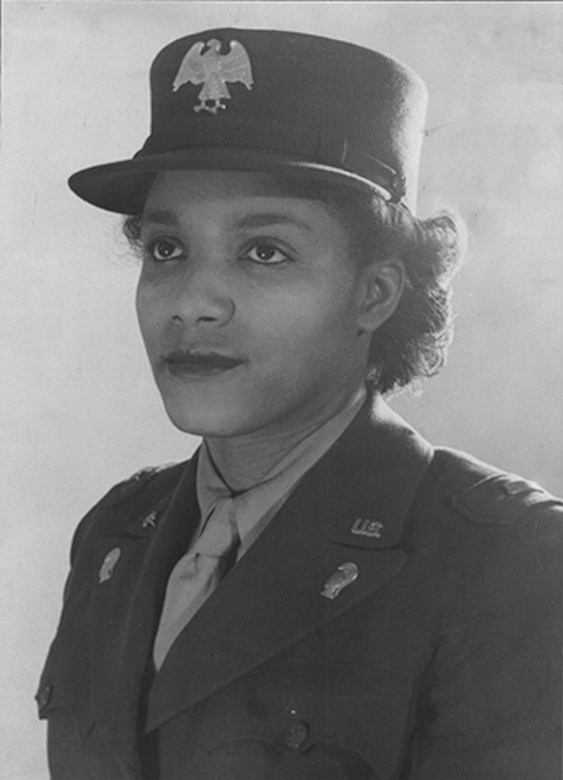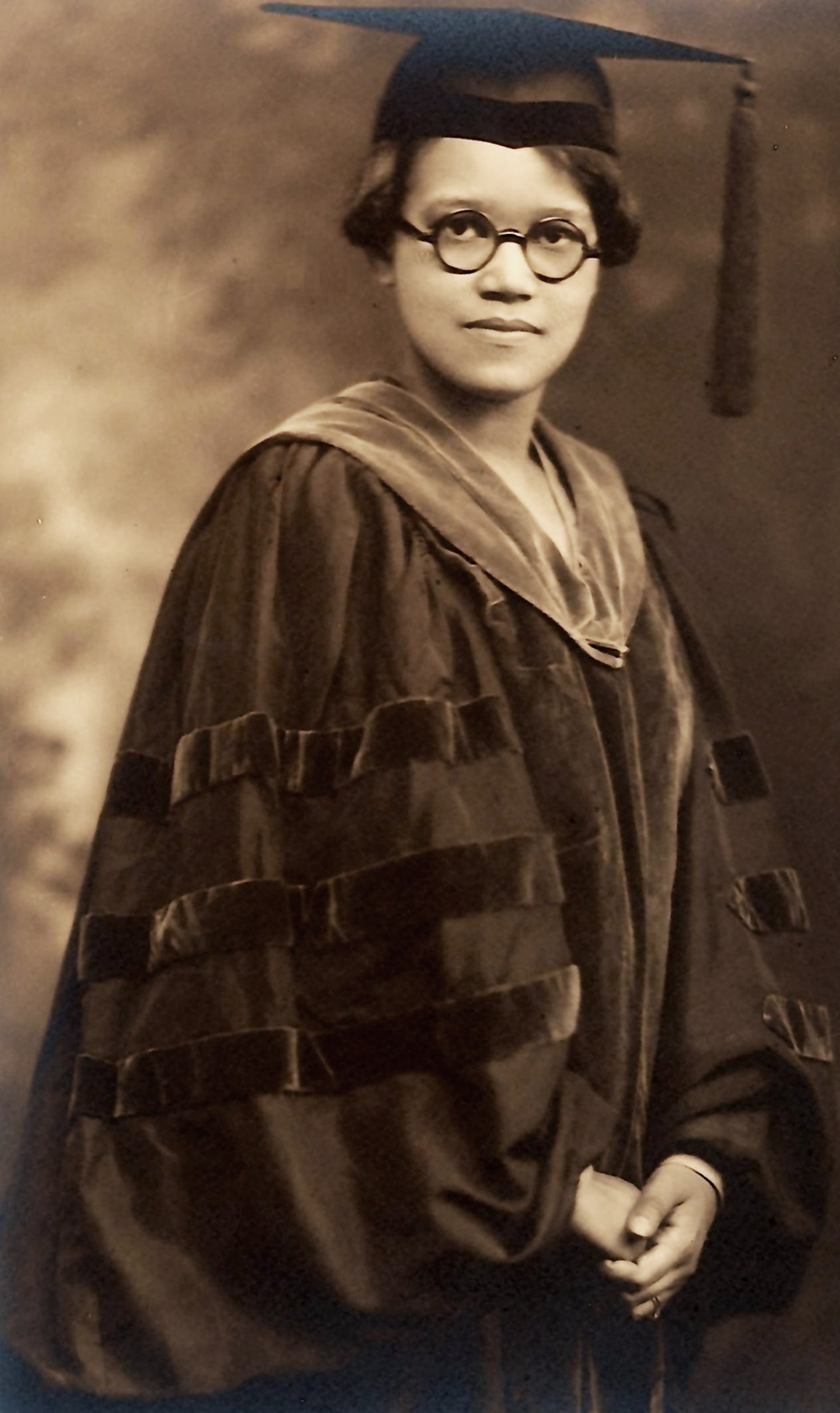A Black Women's History of the United States (OBOC 2021-2022)
Chapter Eight: Alice’s Medals and Black Women’s War at Home, 1940-1950
Alice Coachman
-
Women's History Month: Alice Coachmanthis includes a clip of Alice Coachman competing
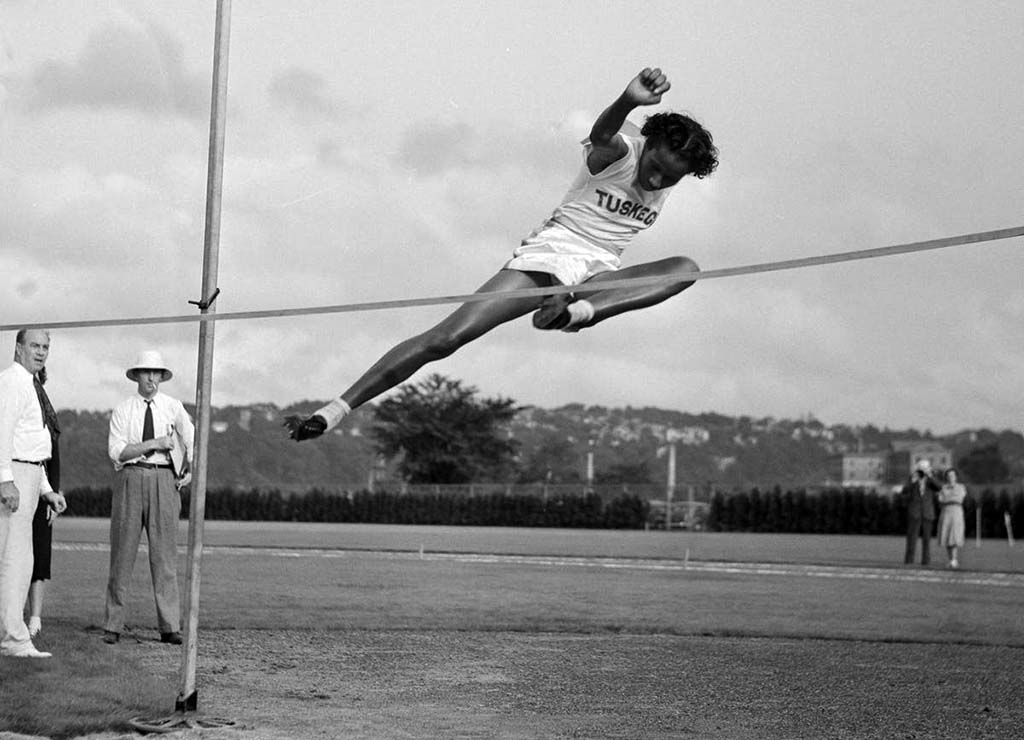
Lesson Plan from the Truman Library with links to documents on Black women in the military and working during WWII
Viola White
Pauli Murray
There is going to be a new documentary film on Pauli Murray released fall 2021.
JSTOR has Pauli Murray’s article from the California Law Review.
Pauli Murray, “The Right to Equal Opportunity in Employment,” California Law Review, vol. 33, no. 3 (Sept. 1945): 388-433.
-
PAULI MURRAY (1910-1985)This includes a link to her article with co-author Mary Eastwood, “Jane Crow and the Law” George Washington Law Review, vol. 34, no. 2 (Dec. 1965): 232-256.
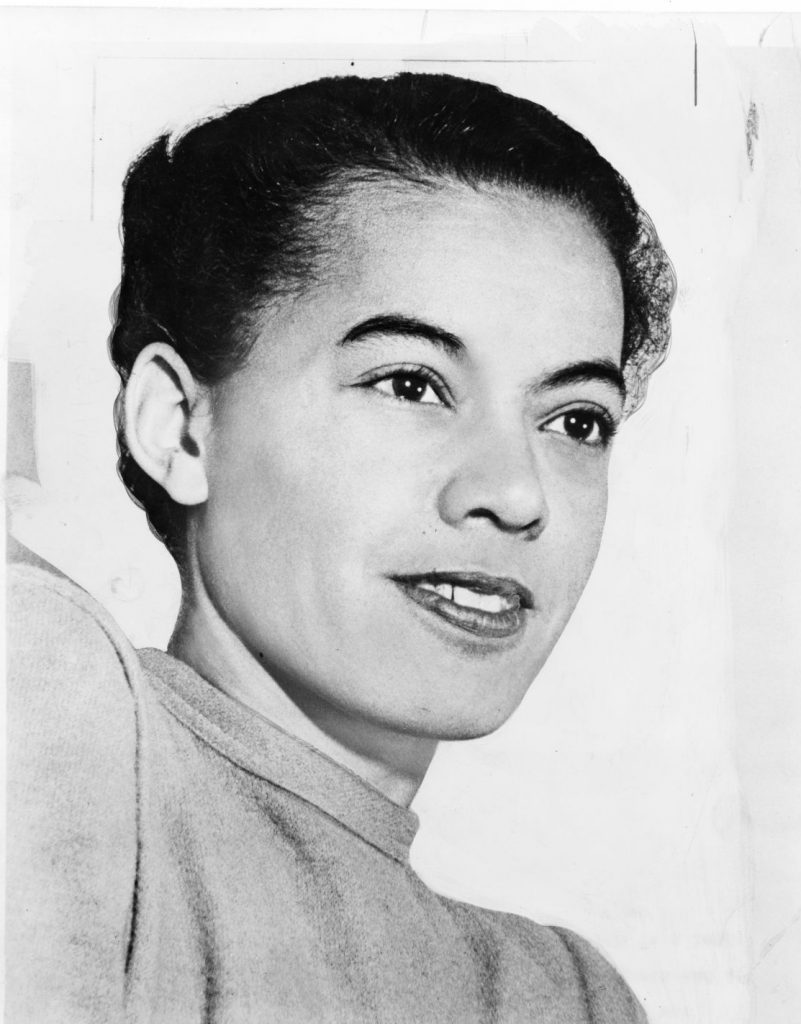
Sister Pauline
Ernest Allen, Jr. “When Japan Was "Champion of the Darker Races": Satokata Takahashi and the Flowering of Black Messianic Nationalism,” The Black Scholar, vol. 24, no. 1 (Winter 1994): 23-46. This talks about the arrests at Nation of Islam temples around the country.

Gertrude Perkins
Sadie Tanner Mossell Alexander
Hattie McDaniel
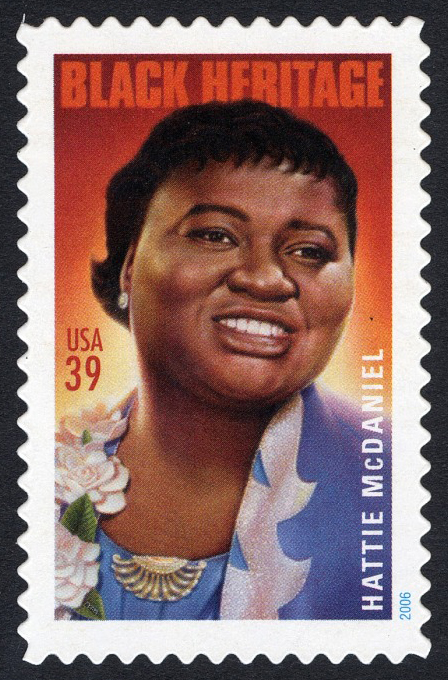
Colorism in Hollywood
Rosa Parks
-
Rosa Parks’ journey as a civil rights iconCSN also has access to the documentary film mentioned in the book, The Rape of Recy Taylor, through Kanopy films.

Discussion/Essay/Reflection Prompts
1. Chapter Eight opens and closes with the story of Alice Coachman’s athletic, educational, and personal journey. After reading this chapter and reading and viewing the content found behind the following links, determine how Coachman’s journey compares to and differs from those of contemporary Black female athletes such as Allyson Felix, Simone Biles, Sha’Carri Richardson, Naomi Osaka, and A’ja Wilson.
https://www.blackpast.org/african-american-history/coachman-alice-marie-1923/ https://www.georgiaencyclopedia.org/articles/sports-outdoor-recreation/alice-coachman-1923-2014
https://www.si.com/olympics/video/2021/03/24/alice-coachman-olympics-womens-history-month this includes a clip of Alice Coachman competing
https://time.com/6088078/mental-health-olympics-simone-biles/
2. How did the United States’ World War II efforts against anti-Semitism and in support of democracy appear hypocritical when seen through the lens of the country’s treatment of African Americans during that same period? Did Roosevelt’s Executive Order 8802 and the actions of the Fair Employment Practices Committee to uphold it eliminate the contradictions? Form an argument that favors or refutes Roosevelt’s actions as being effective remedies to the discriminatory treatments of African Americans.
3. Explore the contributions of Black women in nursing during World War II. How were their talents initially denied in spite of a nursing shortage? How did activism allow these women an opportunity to serve and to provide aid?
4. Most American students have limited knowledge of Rosa Parks’s full role in the Civil Rights movement apart from her actions related to the Montgomery Bus Boycott. Berry and Gross detail Parks’s activism before and beyond that historical moment. Discuss what you didn’t know about Rosa Parks prior to your reading of A Black Women’s History of the United States.
5. Shortly after the 2021 release of his film In the Heights, Lin-Manuel Miranda issued an apology regarding the cast’s lack of dark-skinned Afro-Latinos. Colorism and restrictive gender codes have a long history in Hollywood and elsewhere. Berry and Gross discuss this issue in Chapter Eight. Look to their discussion as well as to those found on the following websites and discuss the pitfalls of being a Black actor in pursuit of employment during the last century.
https://nmaahc.si.edu/explore/stories/collection/how-camera-sees-color
https://www.npr.org/2021/06/15/1006728781/in-the-heights-latinidad-colorism-casting-lin-manuel-miranda
6. Chapter Eight casts a spotlight on many Black women whose voices opened the doors for future generations to walk through and thrive in the workplace, in the worship hall, in war efforts, etc. Select one of these women—not named in another discussion question—and write a poem that praises her actions and/or laments her treatment.

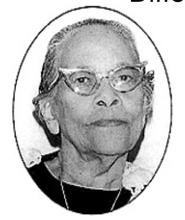


:focal(1316x1140:1317x1141)/https://public-media.si-cdn.com/filer/d6/e8/d6e82604-a329-49bf-a09a-bcc3f3b5a659/6bc1a2ac-263f-4ef8-b92f-f82818848884.jpg)
